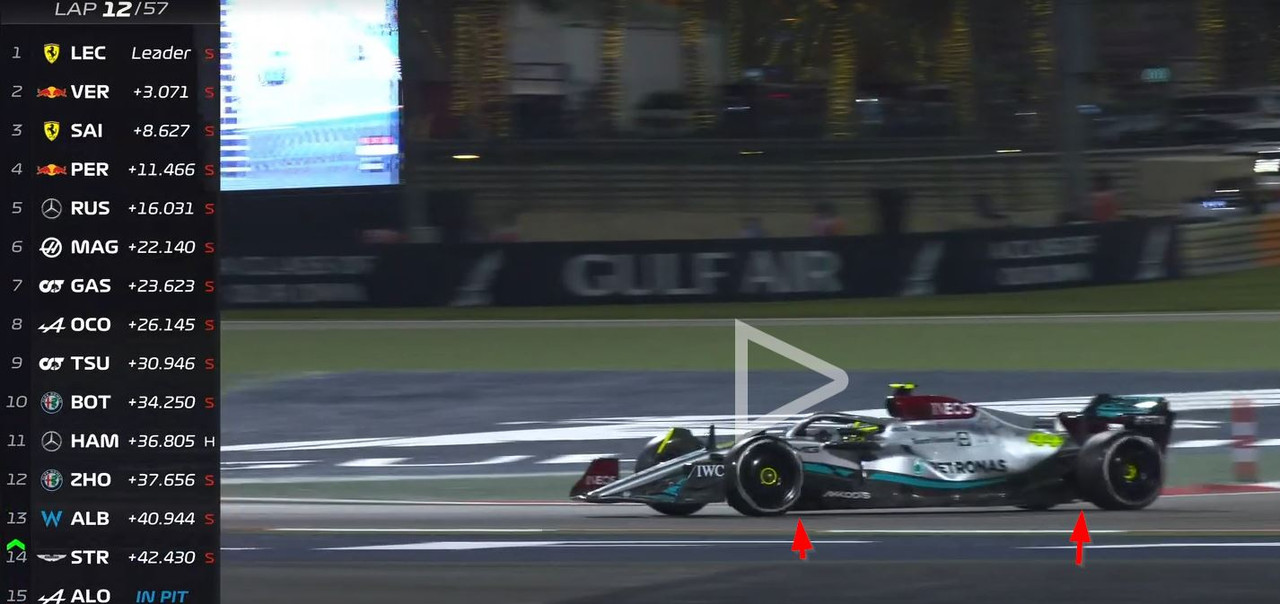Just_a_fan wrote: ↑21 Mar 2022, 12:45
Here's a graph for a generic ground effect device showing how the downforce (-Cl) varies with distance from the ground (ride height represented by the dimensionless relationship h/L because it's not just the distance from the ground but also the size of the device (the floor in this case) that determines ground effect - a large body will be "in ground effect" at a greater height than a small body).
https://www.researchgate.net/profile/Jo ... l-with.png
You can see how the downforce changes a lot with a small change in ride height near the peak.
This is obviously a simplified device but it shows the effect.
Somehow, we always come back to prof. Katz's basic diagrams.

I'd just like to add a wing in ground effect diagram as well.

The two are very similar clearly. However, relative clearance ratios are a bit different, wing requires 2-3x more relative clearance. These 2022 floors are shaped more like the bottom of the wing, but there are also similarities to classical diffuser shape. I haven't seen diffuser-like vortices alongside ramp fences in flow-viz shots, so I suspect the flow is a lot closer to a wing than a diffuser. Ideally, I think teams want to have a long low zone to avoid peaks, something like inverted supercritical foil on the picture, as peaky geometry could hurt a lot in some pitch and roll attitudes.








